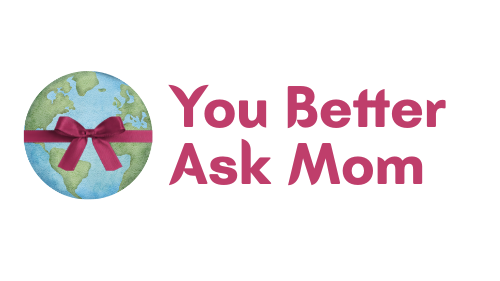
Unlocking Creativity: The Puzzle Hunt Adventure
Are you searching for fresh and engaging indoor activities that not only entertain but also educate your children? The puzzle hunt is a delightful solution that combines play-based education with essential skill development. As parents, we often scramble to find activities that invigorate our kids without resorting to screens or new toys. With this simple yet effective activity, you can transform your child’s favorite puzzle into an exciting treasure hunt right in your home.
Easy and Fun Setup
To create this unique puzzle hunt, all you need is painter's tape, your child’s favorite puzzle, and some creativity. Begin by taping the puzzle pieces around your house in strategic spots, ensuring your little ones don’t see you doing it. Once the hunt is ready, let your kids loose to search for the pieces. Each piece they discover will not only provide them with the thrill of the chase but also an opportunity to practice vital motor skills as they peel the tape and place the pieces correctly.
The Learning Benefits
Engaging in a puzzle hunt does more than just pass the time. It incorporates a wide range of learning outcomes:
Problem Solving: Children sharpen their critical thinking as they devise strategies to find the taped puzzle pieces.
Whole Body Learning: Movement during play catalyzes cognitive development, allowing children to make connections more easily.
Fine Motor Skills: As they peel and place pieces, kids enhance their dexterity and hand strength.
Why Use What You Have?
Amidst our tendency to purchase new educational toys, the puzzle hunt illustrates how existing materials can be reimagined into innovative learning experiences. It encourages a mindset where children learn to appreciate what they already possess. As they engage with familiar puzzles in a novel way, you foster their ability to think creatively and independently, valuable skills in their ongoing development.
Incorporating Puzzle Hunts in Your Routine
The beauty of a puzzle hunt is its flexibility; it suits any household and can be adapted for varying age groups, from toddlers to older kids. It seamlessly fits into the homeschooling framework, enriching lessons with physical activity and excitement. Consider making a schedule with different puzzles to keep the momentum going. This can lead to enhanced learning experiences that touch on STEM concepts, shape recognition, and even storytelling.
Conclusion: Making Learning Fun
Puzzle hunts are an exemplary embodiment of play-based education—a playful approach that makes learning a joy rather than a chore. It encourages independence, fosters creative exploration, and solidifies family bonds through collaborative play. As you integrate these activities into your child's routine, remember that learning should be spontaneous and fun while remaining centered on their needs and interests. Ready to create your own puzzle hunt? Grab that painter's tape and let the adventure begin!
 Add Row
Add Row  Add
Add 




Write A Comment